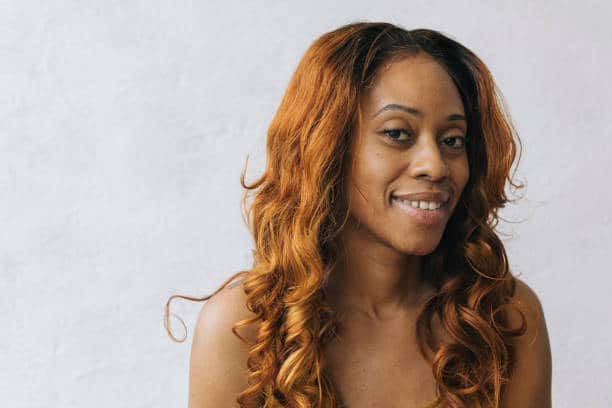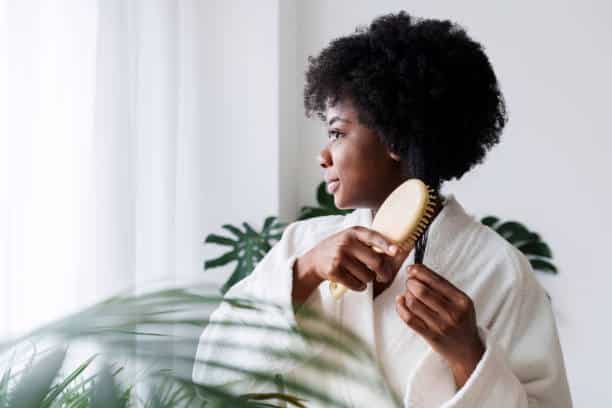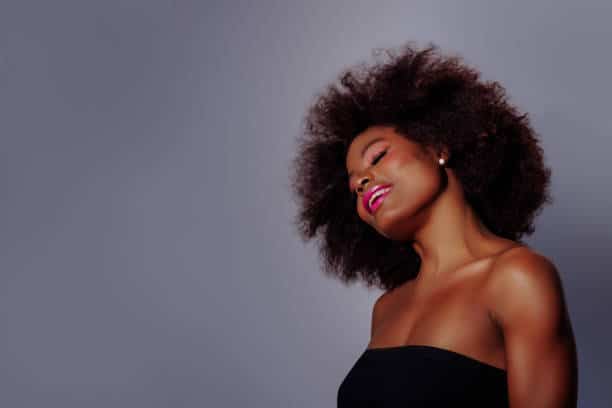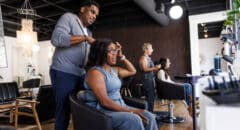What Scalp Botox Really Is (and Isn’t)
Contrary to what salon ads may suggest, “Scalp Botox” refers to the injection of Botulinum toxin (commonly called Botox) into the scalp, not topical hair “Botox” masks or conditioners. The medical rationale is based on Botox’s ability to relax scalp muscles, which can increase blood circulation to hair follicles—an effect theorized to support hair growth in cases of androgenetic or female-pattern hair loss.
The practice is distinct from salon-based “hair Botox” deep-conditioning treatments, which contain proteins, vitamin B, collagen, keratin, oils, or hyaluronic acid—but no actual botulinum toxin. These are smoothing, hydrating salon treatments that have temporary cosmetic benefits, not medical ones.
The Rise of Iontophoresis and Hair Fillers
In recent years, some clinics have marketed “mesotherapy” or iontophoresis-enhanced Botox injections for hair loss, often alongside platelet-rich plasma (PRP) treatments or other injectable hair fillers. These are promoted for stimulating follicles, reducing sebum, and addressing dryness or dandruff, but many clinics blur the lines between anecdotal success stories and science-based outcomes.
While a pilot study involving 10 men found significant hair regrowth after Botox scalp injections (5 U per site into 30 sites), larger, controlled trials are still lacking. A broader systematic review on Botulinum toxin in androgenetic alopecia confirmed generally favorable but preliminary results, and emphasized the need for more robust trials.
RELATED: Scalp Botox To Keep Your Hair From Sweating Out?
Who Should NOT Try This (Especially with 4C Hair)
Individuals with 4C hair or highly textured hair must be especially cautious:
- Many Botox injections require discontinuing washing and sweating for hours after treatment—a challenge for natural hair maintenance routines.
- Scalp injections may interfere with popular protective styling or hydration schedules, potentially causing drying, brittle strands, or shedding.
- Though clinics advertise safety, scientific evidence is limited, and hair type–specific outcomes (e.g., on tightly coiled hair textures) remain understudied.
Clinics rarely conduct natural hair-specific research, so claims of effectiveness often derive from studies on male pattern baldness or Caucasian populations. The result is a lack of clarity around how injections behave in 4C hair environments.
Are Clinics Being Honest With Black Clients?
Many clinics market scalp Botox using before/after photos lacking diversity or transparency. Consent processes typically involve medical-grade Botox, but some salons also sell “Botox-like” injections without medical oversight. Black clients deserve full disclosure:
- Botox is not FDA-approved for treating hair loss—its approval covers medical conditions like hyperhidrosis, migraines, facial spasms, and wrinkles.
- Clinics should clearly communicate that scientific data is limited, and risks of scalp irritation, headaches, patchy shedding, or even pressure-induced alopecia exist.
- Overly aggressive dosing (e.g., 100–200 units per session as used in “blotox” for sweat control) may lead to side effects for those with dehydrated or sensitive scalps, conditions more prevalent in Black hair types.

RELATED: 5 Ways To Detox Your Scalp For Healthier Hair
Known Side Effects & What Risks Are Still Unknown
Though marketed by some aesthetic clinics as a low-risk cosmetic solution, scalp Botox carries real side effects, with several documented in peer-reviewed medical literature. Across at least 40 published studies involving Botulinum Toxin A (BoNT-A) for both cosmetic and off-label therapeutic purposes, researchers reported a range of adverse reactions:
- Scalp irritation was observed in approximately 12.5% of patients receiving BoNT-A injections, including burning, dryness, and tingling sensations.
- Headaches were reported in a wide range—from 1.5% to 31%—with some cases occurring immediately after treatment and others days later
- Nausea was documented in around 1.5% of cases, though it typically resolved quickly.
- Local inflammation such as pain, redness, swelling (edema), or tenderness, appeared in 3–5% of patients, often related to injection technique or dosage levels.
Notably, rare but serious complications have also been documented. In one case, a patient developed a small area of alopecia areata—a type of autoimmune hair loss—at the injection site. Though temporary, researchers speculated that the pressure of the injection or the toxin’s pharmacological impact may have triggered localized follicle dysfunction (Salon Deauville).
These complications are especially relevant for individuals with preexisting scalp conditions or sensitive follicles—such as those common among people with tightly coiled (4C) hair—which are already more susceptible to dryness, inflammation, and traction-related shedding. Yet, despite these realities, some cosmetic clinics boldly claim “no side effects,” often based on anecdotal feedback or in-office observations rather than peer-reviewed scientific evidence.
Such claims present an ethical concern when made without transparency, particularly to Black clients or other underrepresented groups who already face barriers to dermatological care and informed consent.

Mechanisms of Risk: What We Still Don’t Know
From a biological standpoint, Botulinum toxin works by inhibiting the release of acetylcholine, which in turn relaxes nearby muscles. In theory, this could increase blood flow to the scalp and reduce follicle tension. However, that same mechanism could also interfere with the vascular and neurological systems that support healthy follicles, especially with repeated or high-dose applications.
Unanswered questions remain about the long-term use of Botox in the scalp area:
- Could repeated Botox use in the scalp suppress natural follicle stimulation over time?
- Are there cumulative risks with ongoing injections every few months, as some clinics recommend?
- How might Botox interact with natural hair care practices, including protective styles, scalp oils, or heat-free regimens?
We also don’t yet have clear data on how Botox affects follicle types specific to Black hair, or whether patients with tightly coiled or fragile hair shafts may experience more adverse reactions, because most clinical trials have not disaggregated participants by hair texture or ethnic background.
Safer, Science-Backed Alternatives to Hair Loss
While scalp Botox remains experimental, these proven options are widely accepted in dermatology:
- Minoxidil (topical) and finasteride (oral or topical) are FDA-approved treatments for androgenetic alopecia in men and women respectively.
- Platelet-rich plasma (PRP) therapy has more robust clinical trials supporting its efficacy in promoting follicle health.
- Low-level laser therapy, scalp massage, and nutritional strategies to support circulation and reduce systemic inflammation are low-risk alternatives.
- For protective practices, natural hair care emphasizing hydration, gentle manipulation, low heat, and attention to overall scalp health often leads to better long-term outcomes, especially for textured hair types.
Scalp Botox injections deliver real Botox into the scalp, and while some pilot data suggests potential benefit for pattern hair loss, the long-term safety and efficacy remain unproven, especially in Black and 4C hair populations. So-called hair Botox treatments (deep-conditioning without injections) are cosmetic salon services—they’re not medical procedures, and they don’t pose the risks of scalp injections.
Before considering scalp Botox, Black clients should demand transparent disclosure: know the clinic’s research basis, ask about diversity in any test populations, and demand clear explanations of risks and expectations. And always weigh these experimental treatments against well-established, science-backed options like minoxidil, PRP, or gentle natural hair care.










